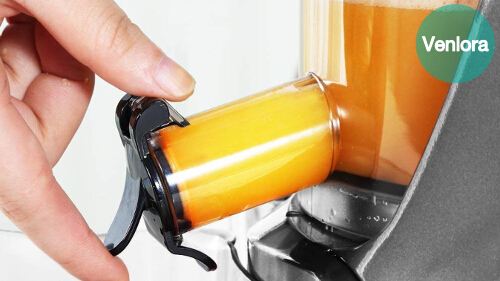Juicing is a fast-growing culture among health enthusiasts, and while you might not be one, chances are you know one or are about to be one. Also called cold-press juicers, single-gear juicers or slow juicers, masticating juicers are the more favored alternative by most health enthusiasts. However, before you get one, it’s apt that you know what it is you’re going for.
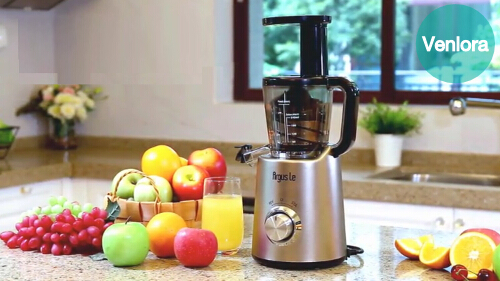
Masticating comes from the word “masticate” which means to chew food into a pulp, kind of like a cow. That explains the basic technology behind masticating juicers. They are designed to crush the fruits or veggies at a slow and steady rate with no spinning action, forcing the juice and nutrients out with speeds usually between 40 and 120 rpm.
This website is supported by readers. As an Amazon Associate we earn from qualifying purchases.How Does a Masticating Juicer Work?
There are two types of masticating juicers; vertical and upright and although they have their peculiarities, the operations are very similar. Masticating juicers usually come with small feeding chutes to ensure to prevent overfilling the chamber which can clog the machine. So, there is a considerable amount of preparation that goes into using one. The fruits or veggies are usually neatly chopped into 1-2” sized bits before being fed in.
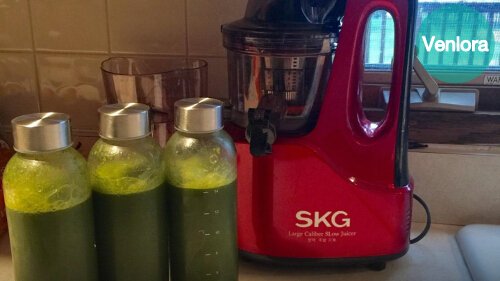
The juicer then uses a worm-like gear known as an auger to slowly but powerfully press the pulp through a strainer. This action opens up the produce’s cell membrane and releases its nutrients and enzymes for your enjoyment.
Why You Should Get a Masticating Juicer.
As a budding health devotee, the choice between a centrifugal juicer and a masticating juicer may not be very easy to make. Centrifugal juicers are the cheaper, faster alternative, with speeds starting as high as 3000 rpm and prices as low as $40 in some cases. However, while masticating juicers may not be the quickest or cheapest to get the job done, they hold some crucial advantages over its counterpart.
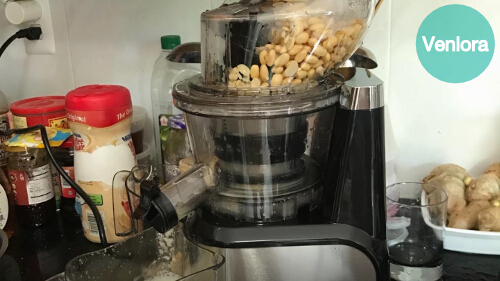
The biggest advantage masticating juicers have over centrifugal juicers is the yield. While a centrifugal juicer grinds your fruit and veggies into a pulp and collects whatever juice comes out in a reservoir, the masticating juicer’s auger slowly squeezes every fluid and nutrient out of your pulp. The pulp produced by a slow juicer is very dry, and that is proof that you are getting the maximum juice out. If you took the pulp from a centrifugal juicer and ran it through a masticating juicer, you will still get a pretty good amount of juice out. This is especially important when dealing with lettuces and other veggies like wheatgrass when you need to get as much juice as possible.
Another advantage of masticating juicers over their centrifugal counterparts is the absence of foam. Due to the high-speed spinning function of centrifugal juicers, foam production is unavoidable. Asides the nuisance caused by the foam, it is evidence that your juice has been oxidized. While oxidation is a natural phenomenon and cannot be stopped, it can be slowed down. The slow squeezing of the auger in a masticating juicer is very effective reducing foaming to a minimum and slowing down oxidation.
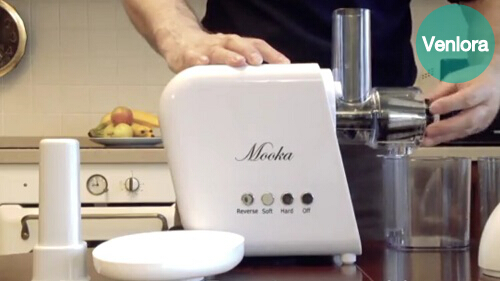
How long can you keep juice from a masticating juicer?
A by-product of the previous issue is that the shelf-life of juices produced by masticating juicers is considerably higher than that produced by centrifugal juicers. Because of the high rate of oxidation in the centrifuge, the enzymes and nutrients are quickly broken down; it is, therefore, advisable to drink your juice as soon as you are done preparing it. Fluid produced in a masticating juicer, however, can be stored in a refrigerator for up to a day and with the quality preserved.
Masticating juicers are made from parts that are put together piece by piece without requiring any specific technical knowledge and are easy to pick apart too. Unlike the centrifuge, they usually do not have any screws and are not melded shut. This is a big plus when cleaning the machine as this means you can do a thorough job. In addition to that, they generally cause less of a noise problem that their otherwise noisy counterparts due to having less moving parts. Cold-press juicers usually come with separate attachments that can also be used to create more varieties like nut butter and sorbets.
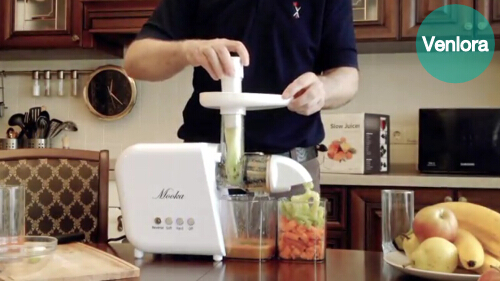
Final Words
There’s also the small but really important issue of durability; most masticating juicers have warranties that last between 5-10 years. If properly taken care of, you can always hand them down to your kids many years after as they will still be in perfect working condition.
